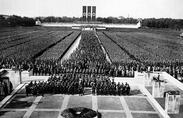Spying on Family and Friends
Discover the effects of the “Malicious Attacks” law, which criminalized dissent to the Nazi party, had on one German family and on German society as a whole.
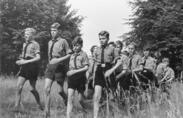
Speaking in Whispers
Learn about the role of cell and block wardens, Germans who collected information about their neighbors in Nazi German society.
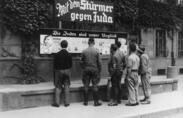
The Nuremberg Laws
Learn about the laws that redefined what it meant to be German in Nazi Germany, and that stripped Jews and others of citizenship.
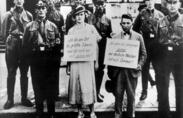
Discovering Jewish Blood
Find out how one family's lives changed when Hitler passed the Nuremberg Laws in Nazi Germany.
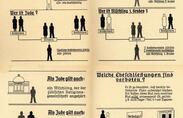
The Impact of Nazi Propaganda: Visual Essay
Explore a curated selection of primary source propaganda images from Nazi Germany.
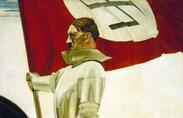
Art and Politics
Discover how the Nazis used art as a tool to promote their ideology by celebrating what they perceived as authentic German art and eliminating art they deemed degenerate.
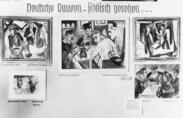
Propaganda at the Movies
Learn how the Nazis used film to create an image of the “national community” and to demonize those they viewed as the enemy, such as the Jews.
